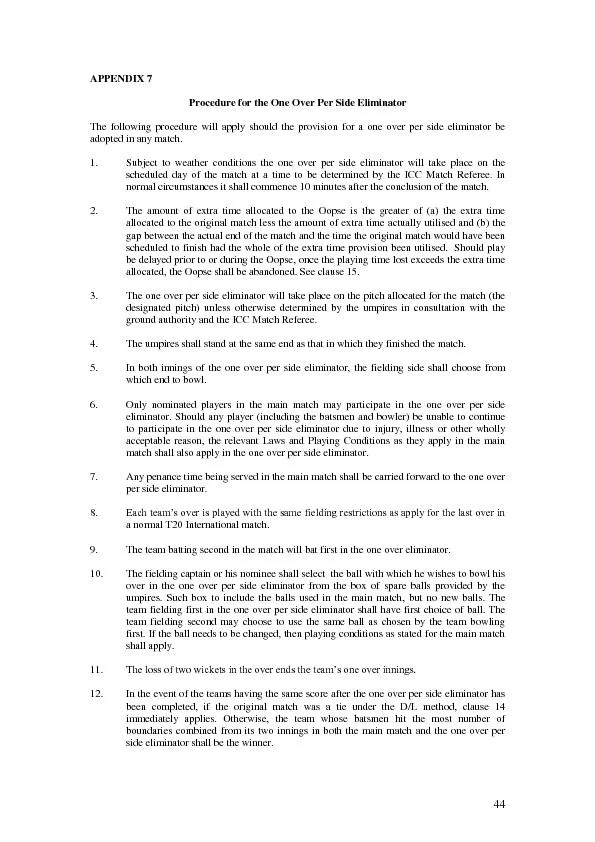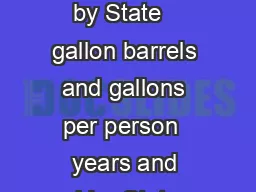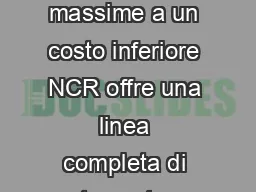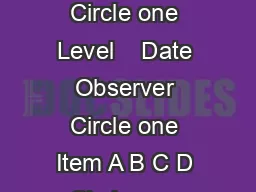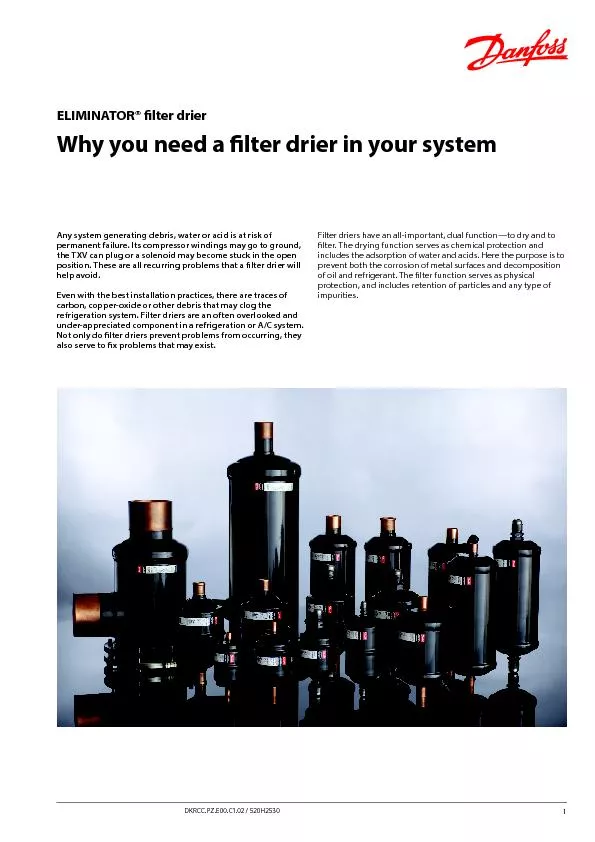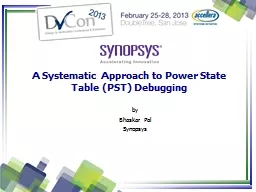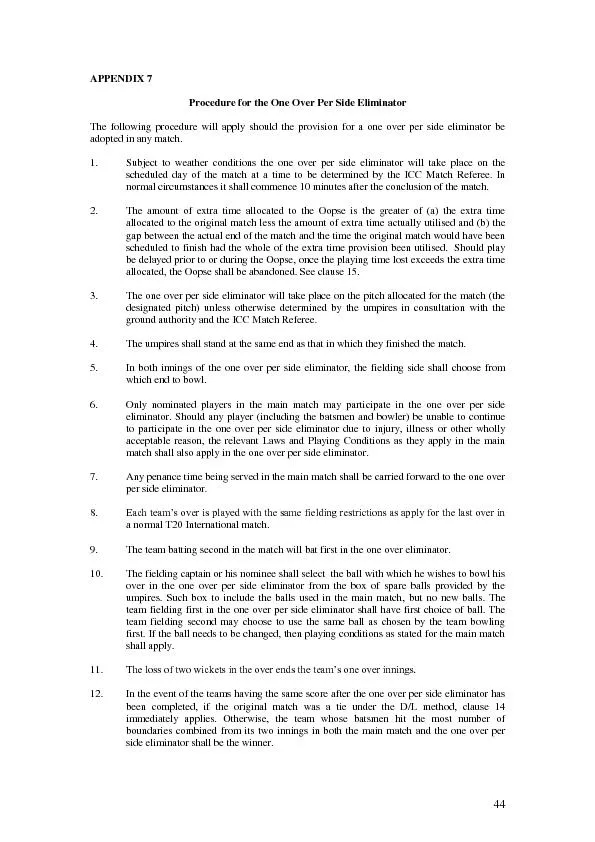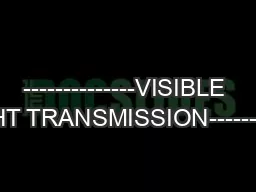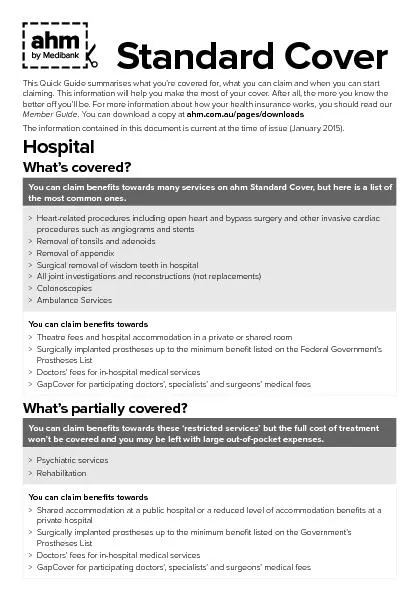PDF-Procedure for the One Over Per Side Eliminator
Author : phoebe-click | Published Date : 2016-03-20
44 APPENDIX 7 The following procedure will apply should the provision for a one over per side eliminator be adopted in any match 1 Subject to weather conditions
Presentation Embed Code
Download Presentation
Download Presentation The PPT/PDF document "Procedure for the One Over Per Side Elim..." is the property of its rightful owner. Permission is granted to download and print the materials on this website for personal, non-commercial use only, and to display it on your personal computer provided you do not modify the materials and that you retain all copyright notices contained in the materials. By downloading content from our website, you accept the terms of this agreement.
Procedure for the One Over Per Side Eliminator: Transcript
Download Rules Of Document
"Procedure for the One Over Per Side Eliminator"The content belongs to its owner. You may download and print it for personal use, without modification, and keep all copyright notices. By downloading, you agree to these terms.
Related Documents

